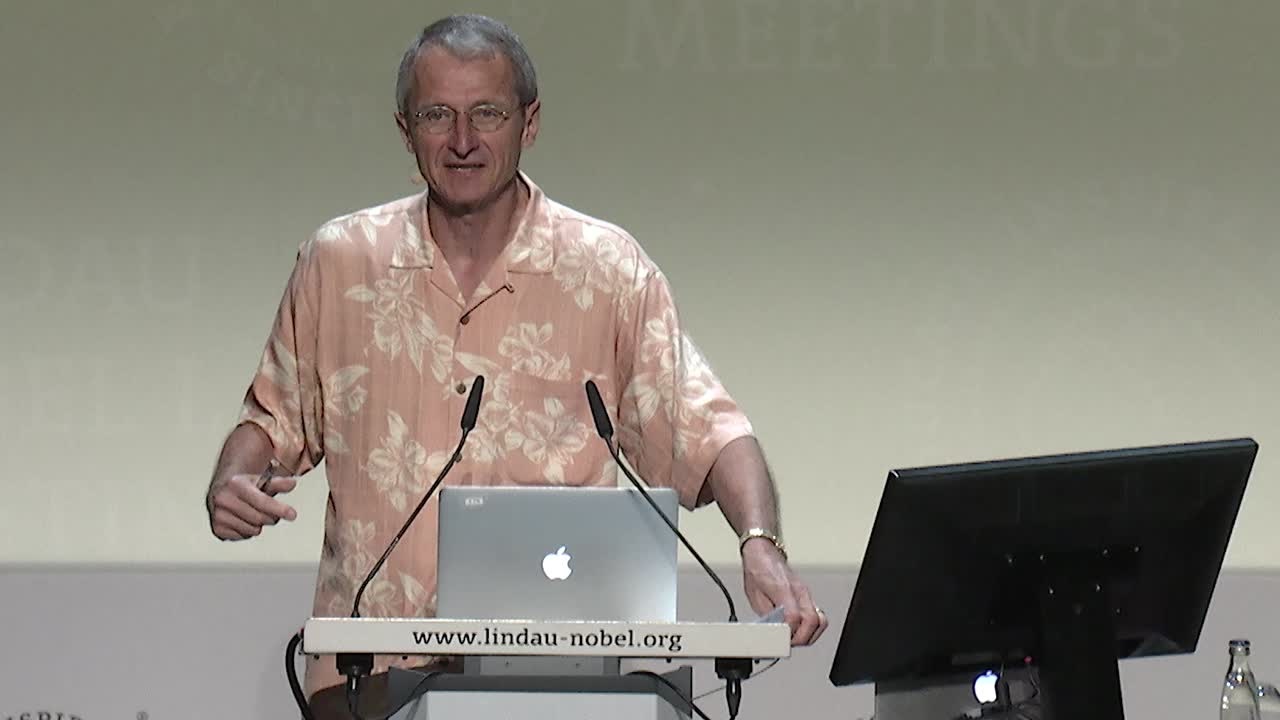Abstract
Approximately 108 tons per year of ammonia are formed in the environment through reduction of atmospheric nitrogen by nitrogenases, an amount that is equivalent to that formed in the Haber-Bosch process, an iron-catalyzed reaction between hydrogen and nitrogen at 350-550 °C and 150-350 atm. The most studied nitrogenase contains iron and molybdenum, but the mechanism of reduction, and at which metal, remains controversial. The first dinitrogen complex, [Ru(NH3)5(N2)]2+, was discovered in 1965. As more dinitrogen complexes were uncovered, the catalytic reduction of dinitrogen to ammonia under mild conditions with protons and electrons became a goal. Hundreds of man years were invested toward this goal over a period of more than 45 years. Not until 2003 was the first catalytic reduction of dinitrogen under mild conditions carried out with a molybdenum catalyst that contains the [HIPTN3N]3- ligand; the reducing agent is decamethylchromocene and the proton source is 2,6-lutidinium ion. The proposed mechanism is the "distal" reduction shown below; the compounds in red were isolated and crystallographically characterized. The second Mo-catalyzed reduction of molecular nitrogen under mild conditions was published by Nishibayashi in 2011. The catalyst precursor is a bimetallic Mo(0) complex that contains a neutral "PNP pincer" ligand, 2,6-(t-Bu2PCH2)2(NC5H3); CoCp2 is the electron source and 2,6-lutidinium triflate the proton source. The actual catalytic cycle is proposed to involve monomeric intermediates such as Mo(V) nitrides and several ligand variations have been explored. The third catalytic reduction of dinitrogen to ammonia to be discovered is catalyzed by an iron complex in which the ligand scaffold is a tetradentate neutral trisphosphine "tripodal" ligand. It has been found recently that CoCp*2 and Ph2NH2+ are the most effective and it has been proposed that CoCp*2 is itself protonated (on a cyclopentadienyl ring) to yield a cation that can function in a proton-coupled electron transfer (PCET). An iron-catalyzed reduction of dinitrogen to hydrazine by CoCp*2 and Ph2NH2OTf was also reported in 2016. We have found that nitrogen can be reduced catalytically by [Ar2N3]Mo(N)(O-t-Bu) (1) with CoCp*2 and Ph2NH2OTf in diethyl ether at -78 °C. Analogous reductions catalyzed by [Ar2N3]Mo(N)(X) precursor complexes where X is Cl, triflate, or OC6F5 are not successful. The actual catalyst in the reduction, and the mechanism, are not yet known.

